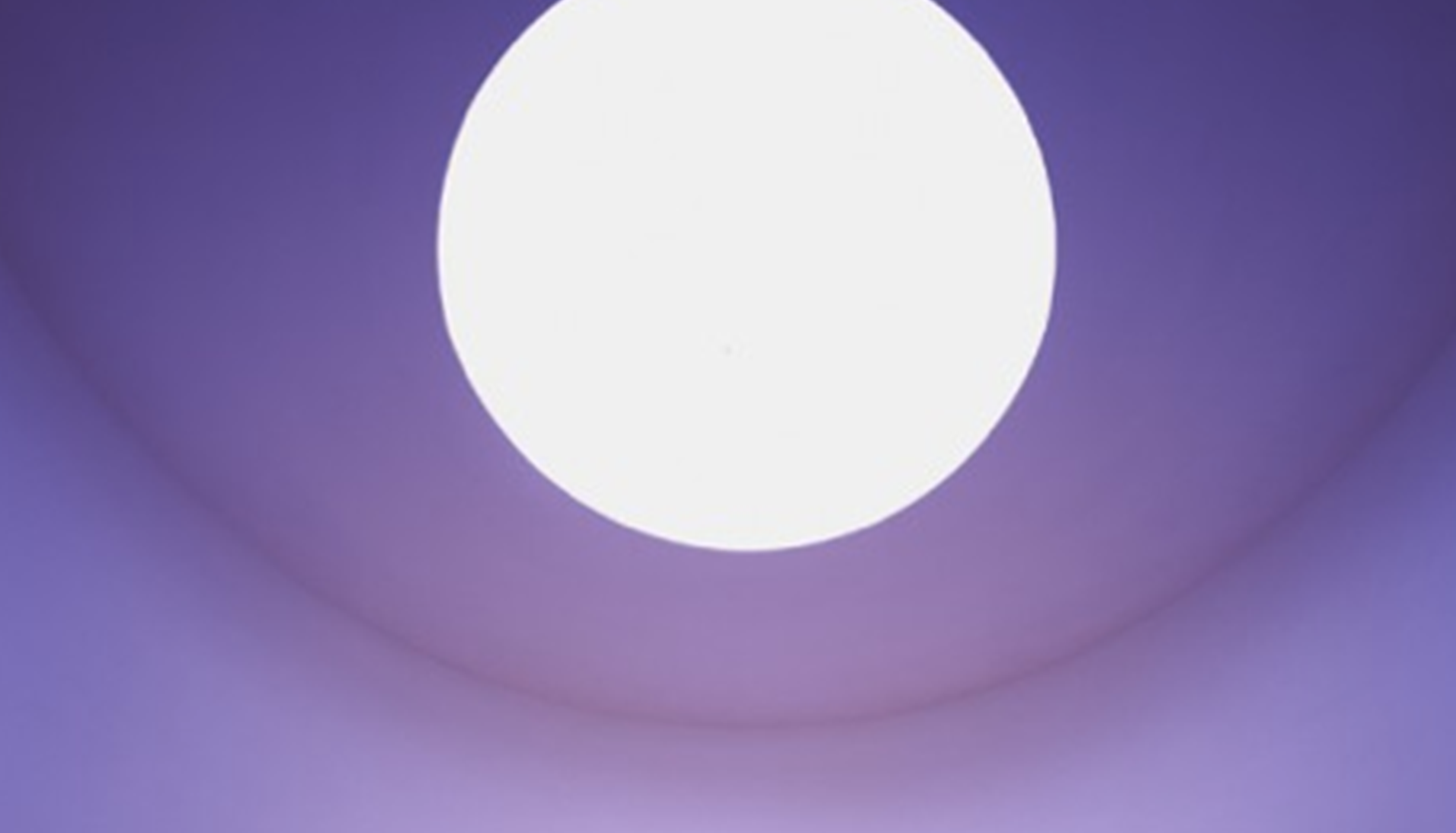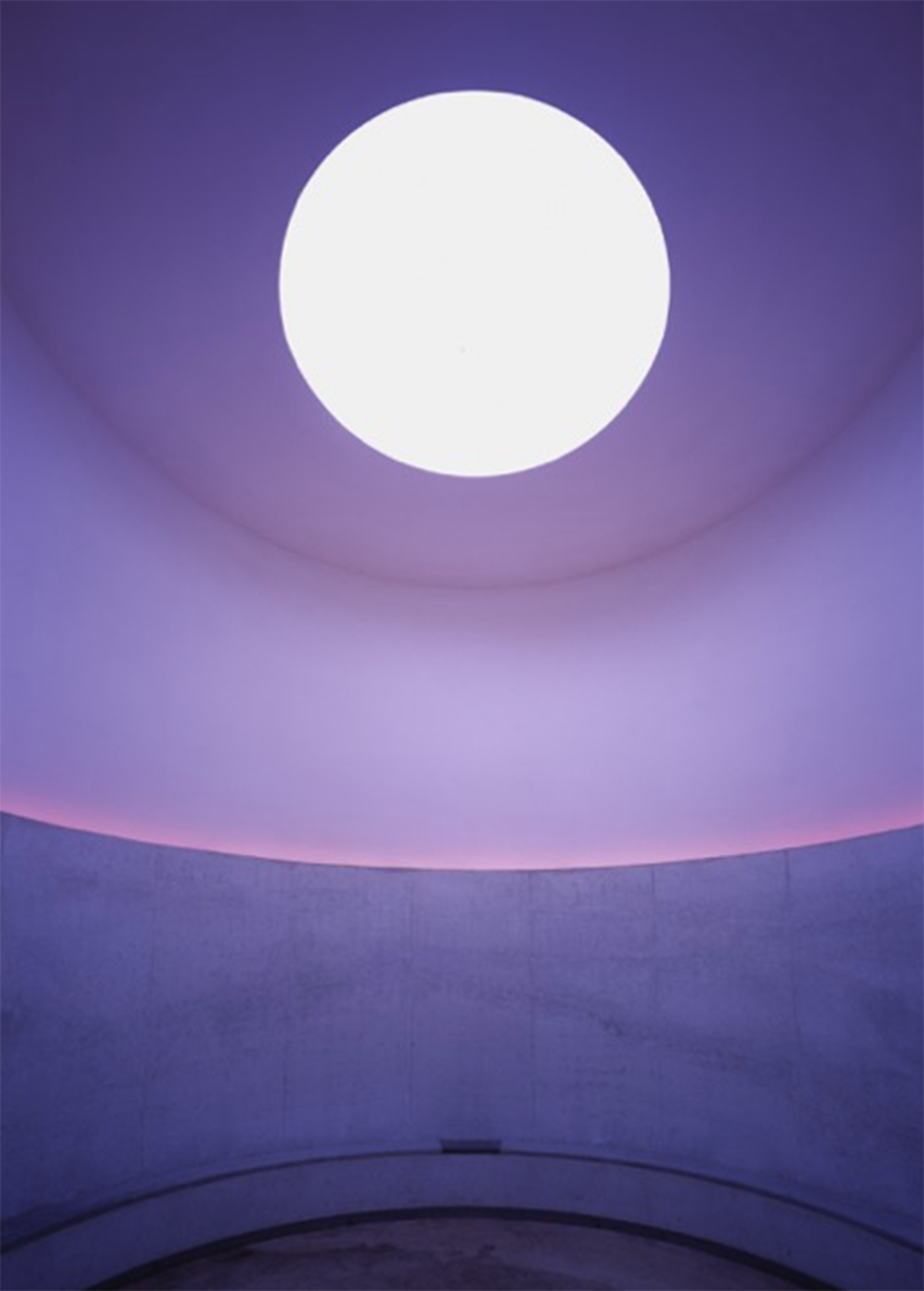Colorful Talk At Parrish Art Museum


“Color is ubiquitous, and therefore we don’t really think about it. We are surrounded by color every day, but we don’t know much about it from a psychological or sociological point of view,” said Terrie Sultan, Parrish Art Museum Director.
The director will field a discussion between “On Color” co-author David Scott Kastan and painter Byron Kim on Friday, April 12, from 6 to 8 PM. The conversation will come at the topic of color from two perspectives, an artistic and a scholarly one.
Kastan is a professor of English at Yale University. He co-authored “On Color” with Stephen Farthing, an English painter. The two met in Amagansett.
Farthing invited Kastan to write something about his paintings for the catalog of an exhibit he was participating in at the Royal Academy in London. “We loved talking about color, but he talked about it as a painter, and I talked about it as a scholar. It made for good conversation — and we thought it would make for a good book,” said Kastan.
Kastan grew up in Arizona and was influenced by the vivid landscape. He even briefly thought about becoming a painter, but said, “I suppose the book was prompted by the paintings that I couldn’t get onto a canvas.”
Each chapter in “On Color,” 10 in all, is uniquely devoted to in-depth perspectives — cultural, anthropological, scientific — on 10 individual colors. The author will sign copies of his book after the talk.
Painter Byron Kim will join in the conversation at the museum on Friday, exploring color from a socio-political perspective, which can be seen in his work “Synecdoche.” Sultan described it as “a grid of 400 monochromatic paintings, each recreating the skin color of someone whom Kim knows.”
Kastan is already considering writing “On Color 2.0,” since this book has made him more attentive to the colors in his daily life, including those of the ocean and light, that contribute to what makes the East End so breathtaking to him. He also is interested in teaching a cross-cultural, interdisciplinary course on color.
“Color is an endlessly surprising and enigmatic aspect of our world, though it seems inescapable and so literally obvious. The colors we see aren’t really ‘out there.’ We make color, processing electromagnetic waves — and just as interestingly, color makes us. Think about how we color code almost everything: race, politics (red states and blue states), social class (blue bloods and rednecks), and emotions (tickled pink and green with envy). Colors are the visible metaphors of our cultural imagination,” Kastan concluded.
Parrish Art Museum is located at 279 Montauk Highway in Water Mill. Visit www.parrishart.org.
nicole@indyeastend.com



